Napa’s buzziest denizens aren’t oenophiles, but bees
Drop the corkscrew and back away from the bottle of Georges de Latour Private Reserve — there’s a better way to get buzzed in Napa.
Lord knows Northern California’s affluent wine country is teeming with WASPs, but are you familiar with its actual honeybees?
It’s swarming with ’em.
Close your eyes for a meditative moment, activate your inner bee-st mode and transmogrify into one of nature’s most curious creatures (if Seinfeld can do it, so can you).
Aviate around Grapelandia’s beauteous peaks, valleys and over 400 insanely landscaped (and controversially well-watered, drought be damned) wineries. Take in the stunning scenery with your five — yes, five! — eyes. Feel the warm Napa air beneath your four wings. Lust after all that mandible-watering flora, as you’re a sucker for nectar (because, literally, your tongue-like proboscis suctions it up from flowers, Dyson-style).
OK, but back to reality.
The next best thing to being a bee is helping them thrive, even learning how to raise them in your own backyard. Around these parts, bees are rescue animals, and Rob Keller is their savior, hosting beekeeping experiences for visitors.
As a downtown Napa-based, 58-year-old regenerative apiculturist (that’s fancy-pants speak for an eco-friendly beekeeper), the UC Davis MFA holder — and beekeeping educator in his own right at Napa Valley Adult School and St. Helena Montessor — is the caretaker of some 100 or so colonies spread out over 45 different apiaries in Napa Valley, Sonoma and beyond.
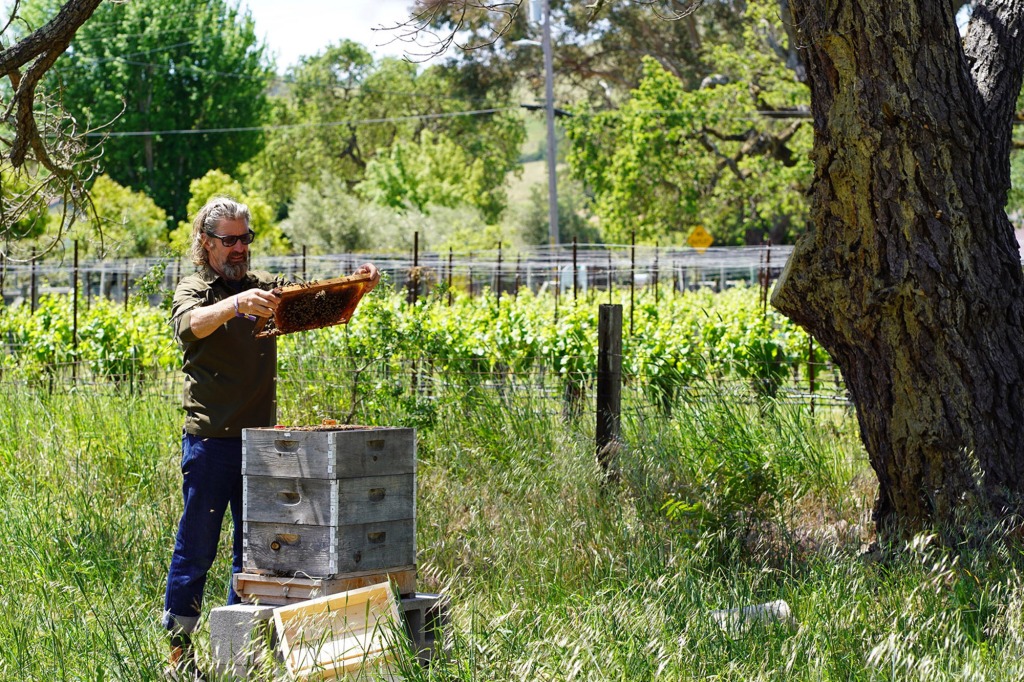
At up to 60,000 bees per hive, that means millions, dwarfing the human population of 138,000 who call Napa County home.
Keller — aka just “Rob;” aka “Kells;” aka “Beeco” (Napa Valley Bee Co. is his company, which claims the French Laundry among its many illustrious clients) — recently teamed up with VAWAA, a “world school” founded by wanderluster Geetika Agrawal in 2015.
That tongue-twister stands for Vacation With an Artist and it connects anyone interested in any and all art forms imaginable — from leatherwork and dance, to floral design and metal crafts — with masters around the world (116 in 26 countries, to be exact).
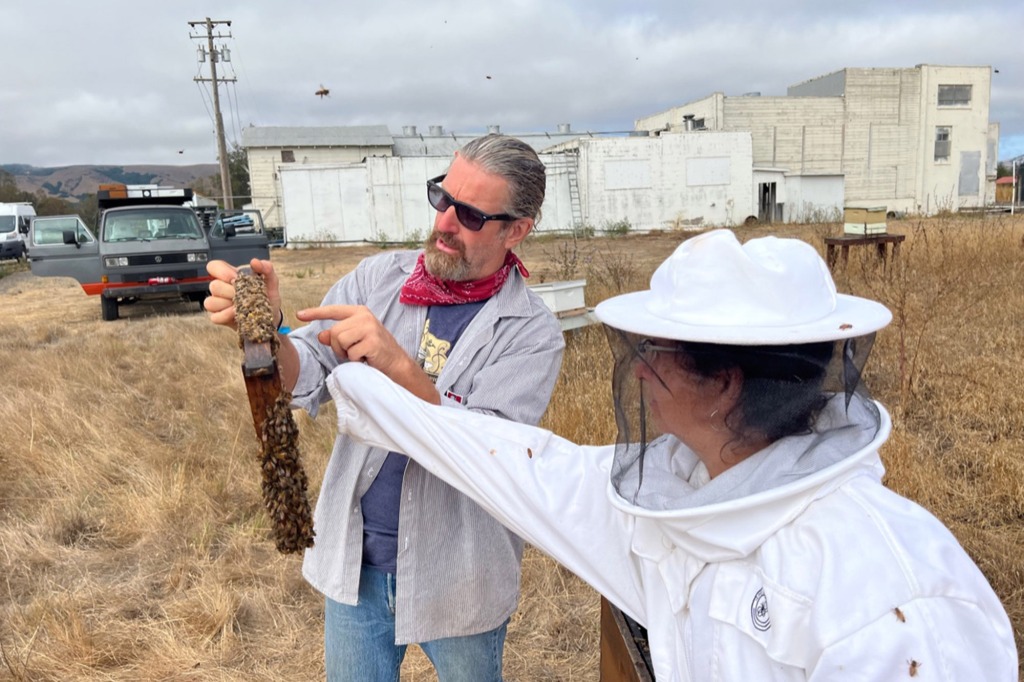
In Keller’s case, his completely customized three-day beekeeping apprenticeships start with a brief seminar at Keller’s farm, most importantly including safety measures (you will get stung no matter how veiled and moon man-suited you get, so if you’re allergic, or have never been stung before — with peace and love — buzz off; Keller does have EpiPens at the ready should things go sideways).
Then for six hours of those days, you’ll live the life of a beekeeper, learning about bee biology and colony life, dropping in on restaurants after managing their bees, swarm chasing, safely and humanely removing hives from trees and homes where they’re not exactly welcome, replacing queens and “just slowing down a little to listen to what the bees want to teach us.”
It’s never the same day twice.
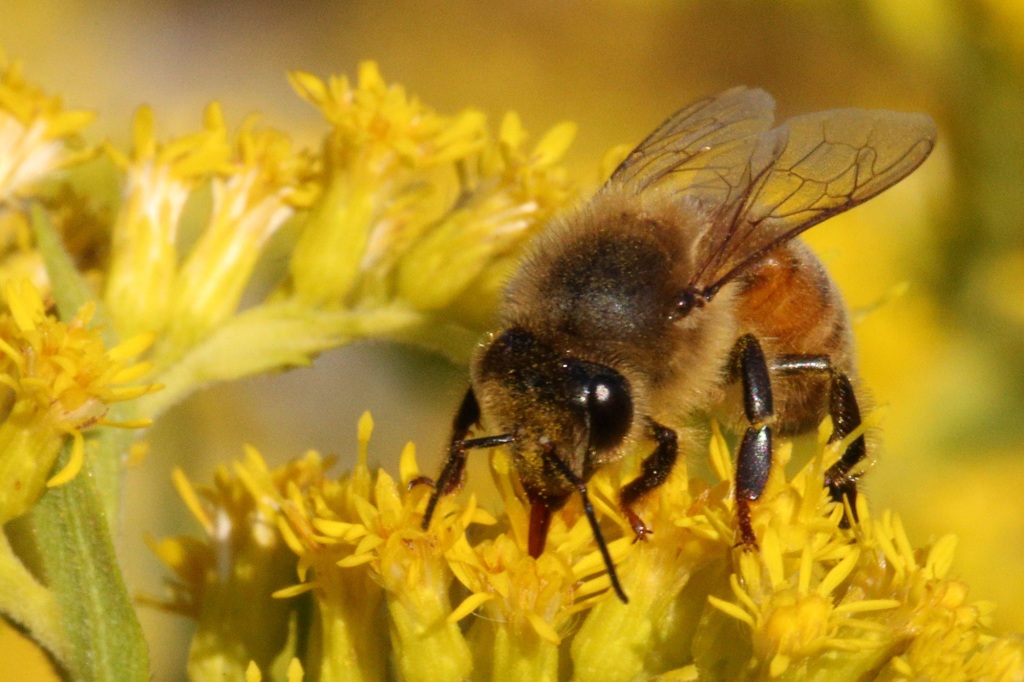
You’ll proudly get your hands sticky, your clothes stained with propolis (hive sealant) and you’ll likely smell of smoke for the whole trip (because Keller’s bees are of the super chill Apis mellifera variety — European bees, to friends — he judiciously uses smoke as a last resort if a fussy colony needs a mellowing out; much like the area’s grapes, European bees take very well to Napa’s dry Mediterranean climate.)
It’s a dirty job, but someone’s gotta do it (even in Manhattan, it’s an industry that’s found its way into the luxury real estate world).
Keller promises you’ll “eat, drink and live bees,” both figuratively and literally with honey tastings (and hopefully with wine pairings) galore. Don’t worry, there will also be plenty of downtime for that snack grind.
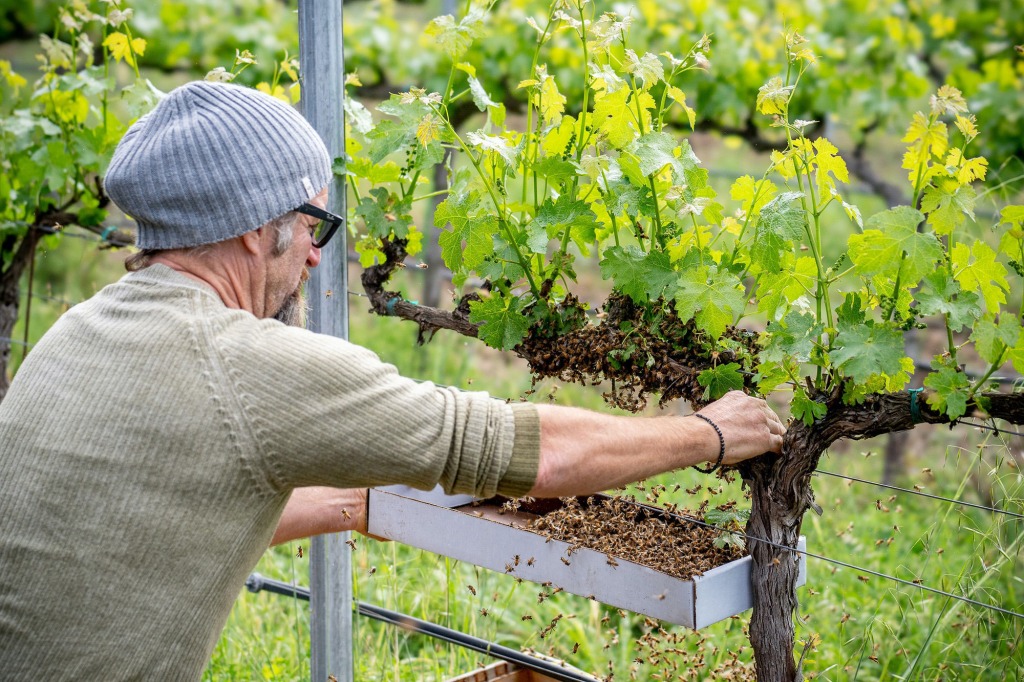
Keller’s art is a kinder, gentler bee-centric approach to apiculture as opposed to the more corporate, factory farm-like honey operators. “I take the Tiny Tim approach, I tiptoe through them,” he joked. “They’re not my bees, not your bees, they’re our bees.”
When you have the opportunity to pick Keller’s brain, please do.
A veterinarian tech turned sculptor turned photographer turned animal mummifying artist (which ultimately led to his apiphilia; I’ll let him expand on that), he’s beyond passionate about the his hairy, six-legged stinging friends and insists they can have just as individualized and unique personalities as cats, despite having hive minds (“If you have just one bee, you have zero bees,” he explained), collectively serving their queen.
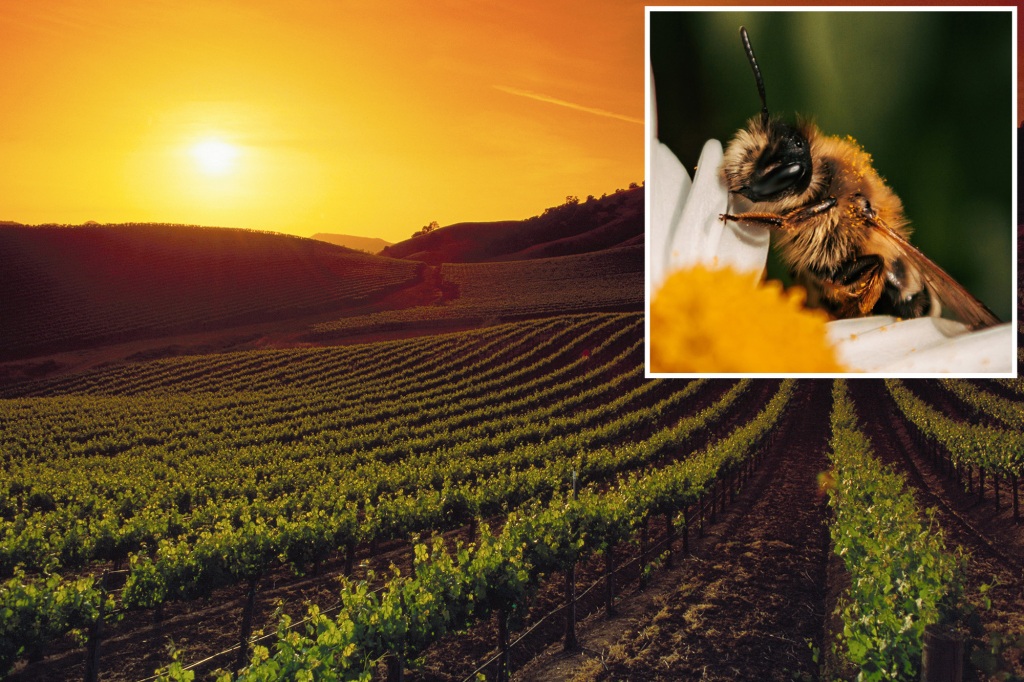
Speaking of the HBIC, there’s no such thing as a peaceful transition of power inside hives. Once a queen gets too old, emits less pheromones or otherwise ceases to effectively rule, the colony will Marie-Antoinette her in a heartbeat and anoint a younger, more viable queen. “Off with her head,” said Keller.
As if that wasn’t drama enough inside those hexagonal honey factories, there’s still Colony Collapse Disorder and tremendous environmental stress on the outside to worry about.
As Albert Einstein said, “If the bee disappears from the surface of the Earth, man would have no more than four years left to live.” No pressure, or anything, Rob — but it’d sure be nice to see 2027!
VAWAA’s year-round three-day “Art of Regenerative Beekeeping with Rob” is $1,530 for one guest and $575 for additional guests (up to four, max). Price includes snacks, coffee and tea; lodging is not included.
Read the full article Here


